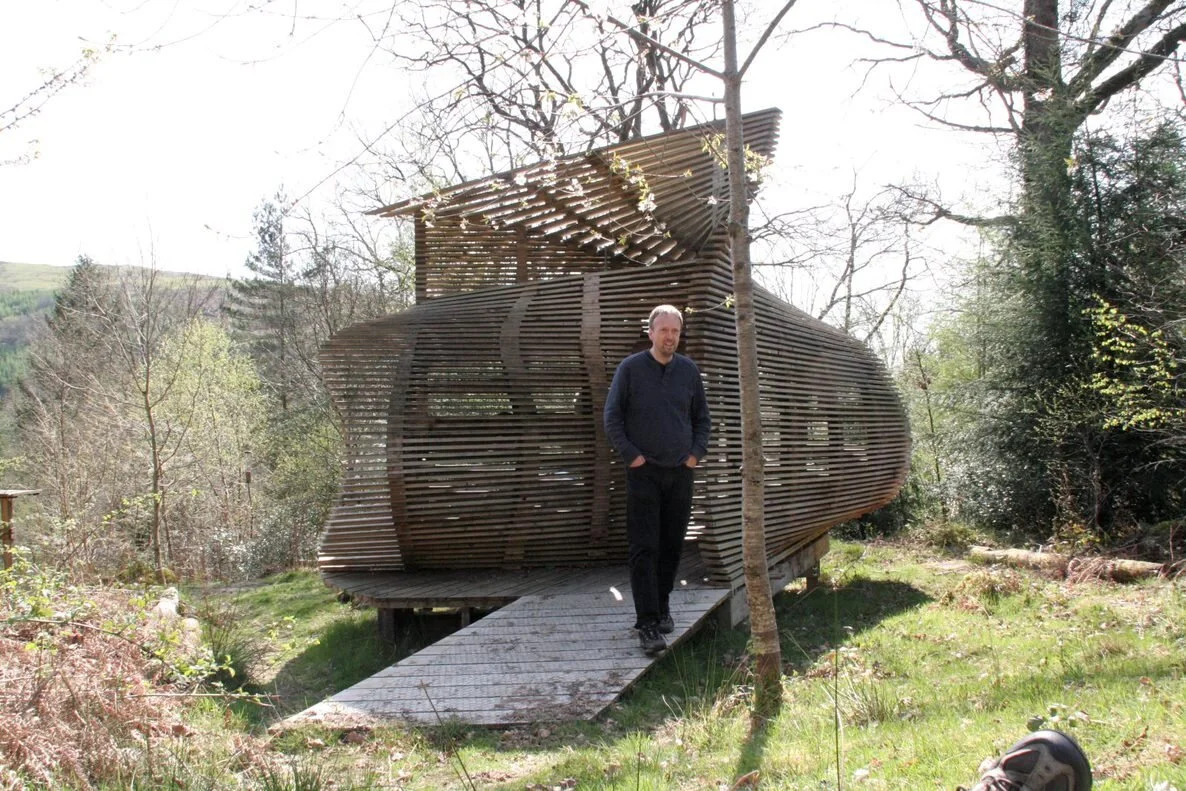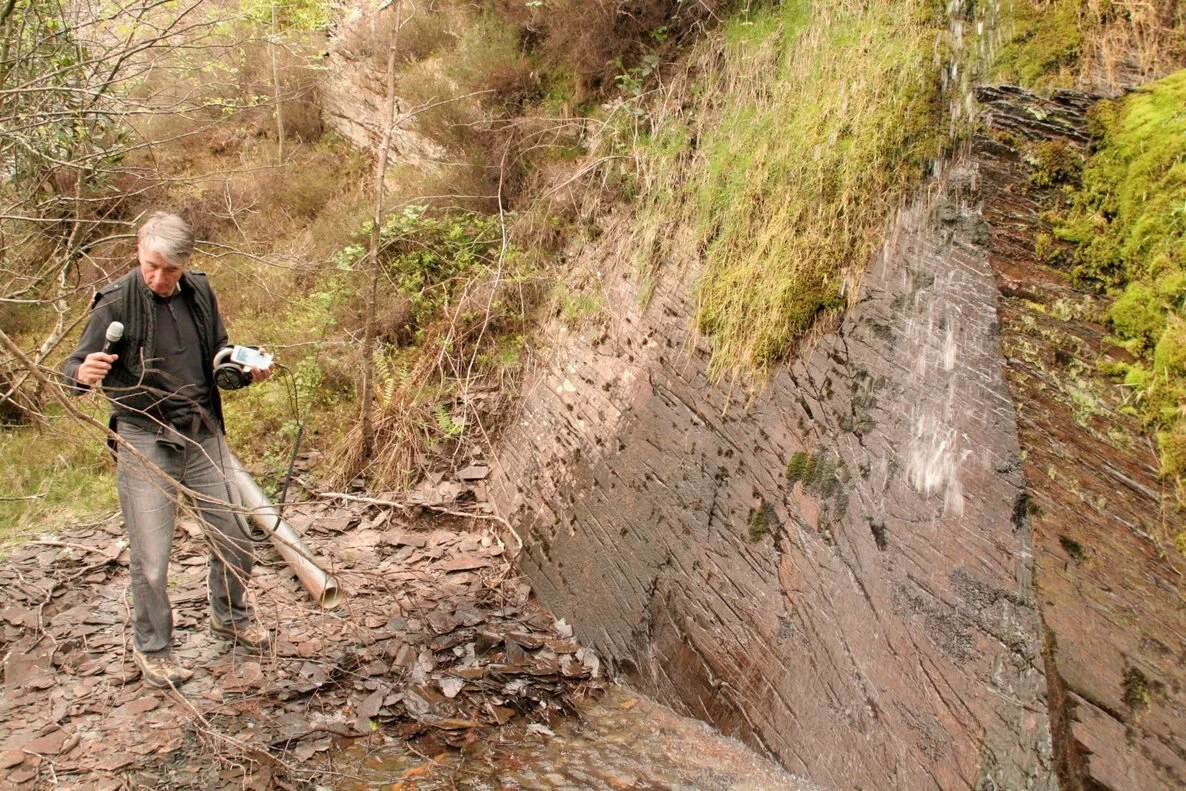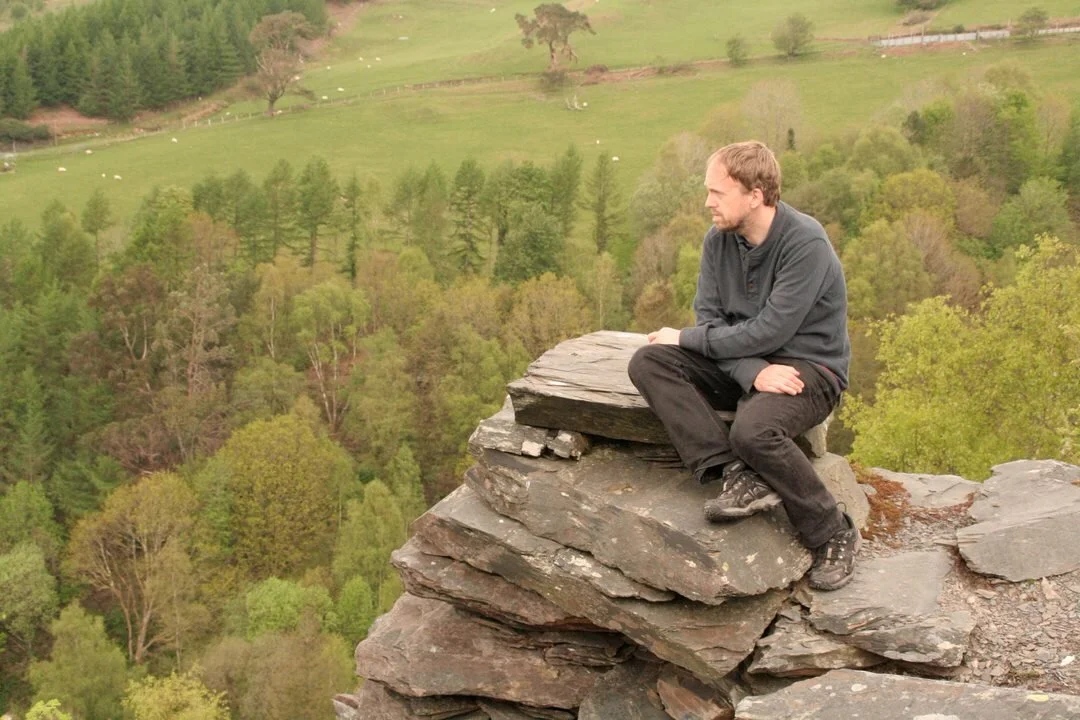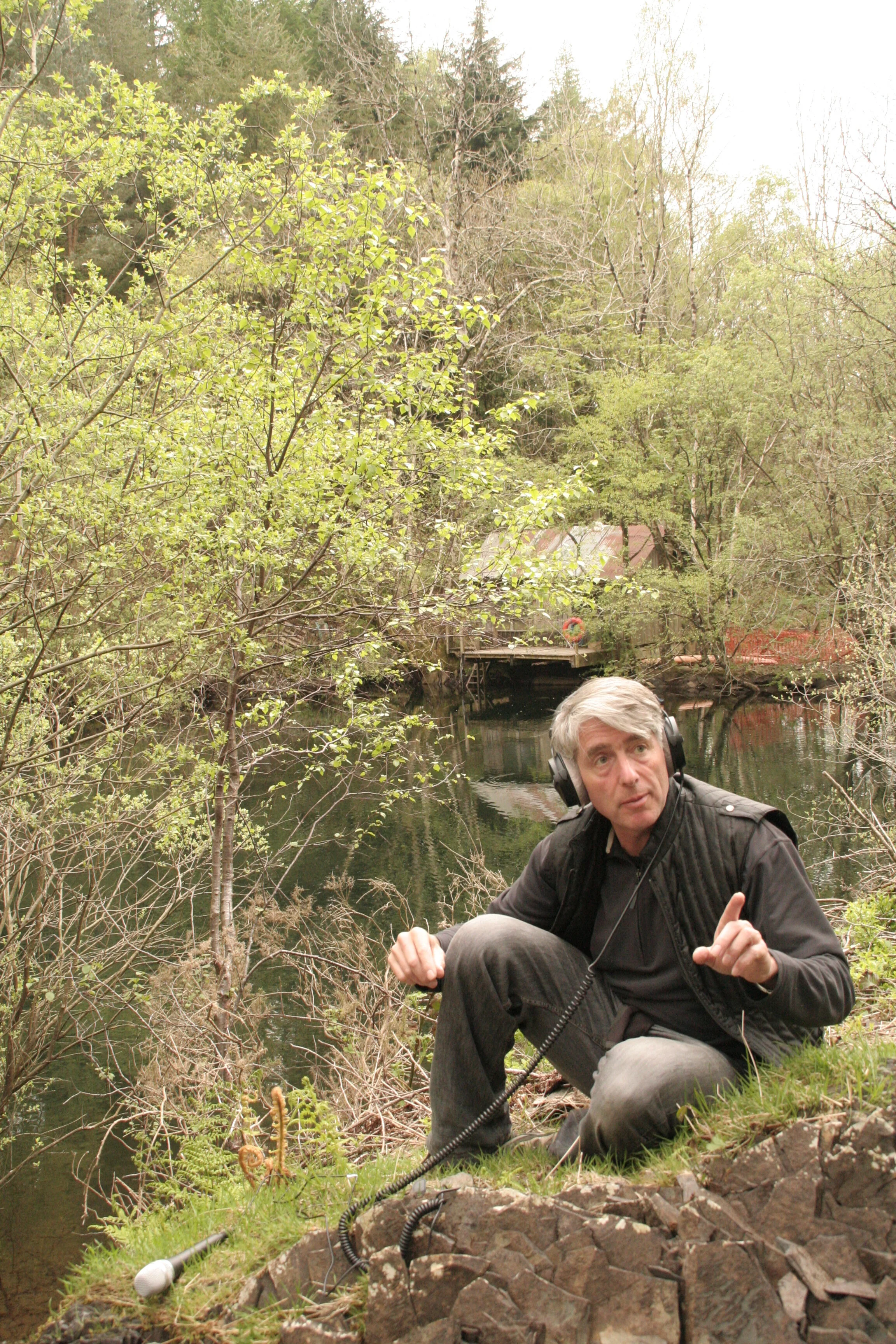CAT AIR, 2014
Voices From A Disused Quarry.
Voices From A Disused Quarry, is a project initiated by archive curator Allan Shepherd who works at CAT.
The archive includes interviews, images and video. The Artist in Residence post was a chance to work with the oral history archive covering the voices of those who created the 40 years of ground breaking environmental history in Wales.
My proposal was to 'spatialise' the archive, exploring connections between historic interviews and the site.
THE FINAL WORKS
A psychogeography project using sonic poetry, digital image composition, archive intervention, interactive aerial film interface proposal and new enlarged site map.
The CAT residency involved exploring a notion of 'soundscape poetry', the method included bringing together historic aural, visual and sonic sources that both connect and sensitise people to the site, whilst bringing significance to the oral archive - Voices From a Disused Quarry.
Images from the Oral History Archive have also been investigated. Digital interventions have been made in archival images, deliberately opening new interpretations, changing even challenging their original meaning.
The need for this approach arose because archive images were found to be general 'snaps', taken by volunteers and early CAT members. The snaps document the development and stories of the site, but were clearly never intended to engage modern audiences.
A digital composition method was demonstrated, the approach increased discussion and potential public interest in the photographic archive. (example above)
Short extracts from the oral archives, 'voices' are composed into poetic stanzas. Soundwalks were then used to collect the contemporary soundscape around site, focussing on areas which were depited or evoked by the voices. Voices were then bought together, mixed with the sounds of the site soundscape, creating wholly new poetic compositions (examples below).
An enlarged map of the potential visitor site (below) was opened up by the Soundwalks. Connecting existing public spaces and places to the old slate mining quarry, now over grown and largely inaccessible to public. The access tunnel and quarry are an acoustic and psychological wonder. The enlarged map has helped stimulate ways in which future visitors might experience the quarry as a key element in the 'theatre' of the physical site. Though currently off the map to visitors, significance has been drawn, through this work, to the slate quarry its soundscape and a broadening of site history.
The idea is that future online to visitors will get a brief introduction to events and places on site through the voices, sound works and digital compositions presented as an interactive map.
Flight tests for the sonic map proposals.















CAT A.I.R. was set up with the generous support of Arts Council Wales.




